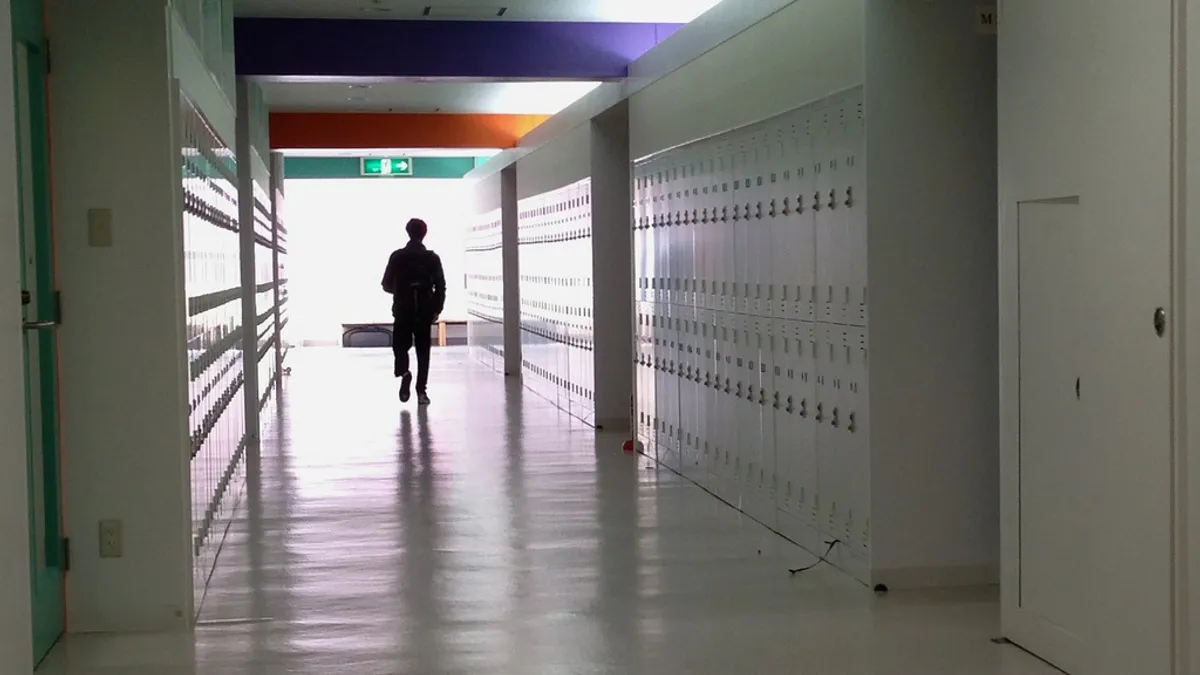Dive Brief:
-
Energy efficiency upgrades in schools can lower energy consumption and save schools money, but not as much as officials tend to project, according to new research by the Energy Policy Institute at the University of Chicago and the E2e Project at the University of California, Berkeley.
-
Using a machine learning approach, with data collected in 15-minute increments, the researchers matched electricity consumption data from public schools in California to energy efficiency installation records over a six-year period from 2008 to 2014. Upgrades to lighting and heating, ventilation and air conditioning systems produced the most savings in energy costs — 2.9% to 4.5% on average — but across all types of upgrades, schools saw only 24% of what they expected to save.
-
One reason the upgrade data don’t match “on-the-ground realities,” the researchers write, could be that engineers are not considering school-specific characteristics, such as whether a school is in an urban or rural area.
Dive Insight:
Not only would educators rather spend money on efforts to improve teaching and learning than on utilities, but many school districts are now focused on reducing energy costs to benefit the environment. Energy expenditures take a big chunk out of school district budgets, the researchers note. According to the Environmental Protection Agency, the amount districts spend on energy is second only to the amount they spend on salaries.
The results have implications, however, for policymakers and district operations officials who might be making policy or upgrade decisions based on what they think schools might save, or based on other districts’ experiences. In a press release on the study, Mar Reguant, associate professor of economics at Northwestern University, also one of the authors, said “Accurately measuring energy savings in the field can be challenging,” says. “But getting these measurements right is important for cash-strapped school districts who need to optimize their investments so that they get the most benefit from their energy efficiency upgrades.”








 Dive Awards
Dive Awards





